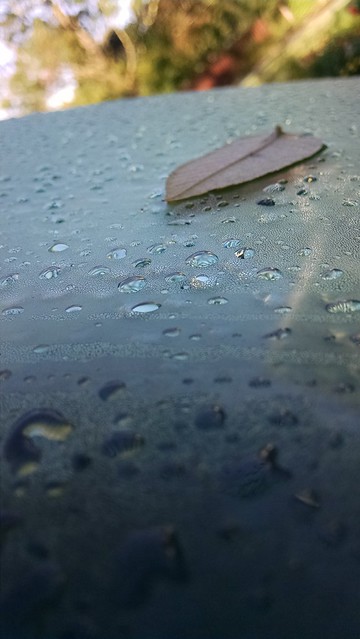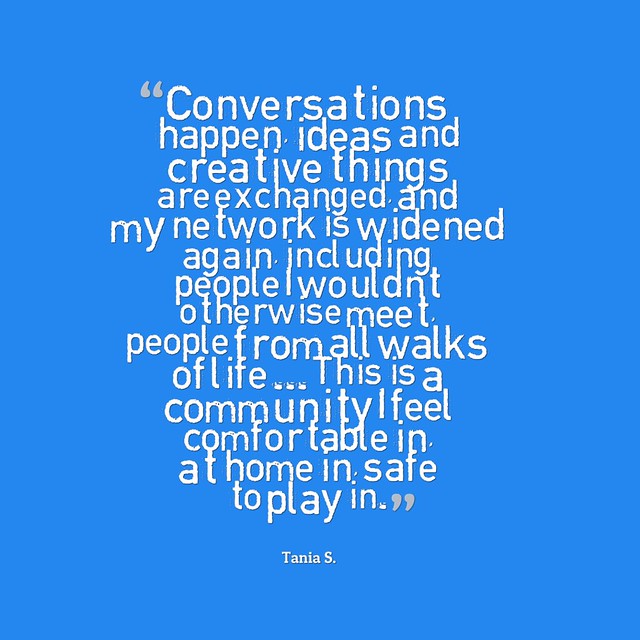
Whenever you arrive is the perfect time. You are always right on time.
I was reading this blog post by Tania Sheko yesterday morning. She reflects on jumping into the Connected Learning MOOC (CLMOOC) a few weeks after the official Make Cycles have come and gone. Tania acknowledges that she only minimally popped in and out of CLMOOC and is only now getting to some of the newsletters and Make Cycle ideas.
There’s a mantra which Tania cites in her post that was embedded early in the CLMOOC experience – something that has become part of how a lot of us think about CLMOOC:
Whenever you arrive is the perfect time. You are always right on time.
But, what does that mean, exactly?
The idea came from discussions in the first years of CLMOOC, sponsored by the National Writing Project, in which facilitators were trying hard to think about how best to leverage an open, online networked space where anyone could engage at any level they saw fit or had time for. The worry was that after the first Make Cycle was up and running, anyone new coming in would feel left out. Time of arrival itself would act as an exclusionary marker.
Whenever you arrive is the perfect time. You are always right on time.
So, the intent was to try to situate the CLMOOC with no a real starting and ending point. The timeline of activities might follow a certain arc, mostly due to logistics, but the arc is merely artificial in nature. Arrival and activity could potentially happen at any time, even long after the official Makes are first introduced. This illusion of timelessness, though, is hard to pull off unless you follow the Netflix model and dump everything in at once and let people Binge Learn (which, in fact, is possible after the summer). In reality, we are so attuned to a timeline of activities (this is Day One, this is Day Two, etc.) that giving yourself freedom to say, I’m interesting in that, so I will do that — I am not interested in that, so I will ignore that, is a somewhat discomforting notion for many of us.
But there are people who wander into CLMOOC weeks or months after the unofficial “end” and dip into the activities, engaging with the #CLMOOC hashtag and in the CLMOOC Google Plus Community, and other spaces. Not many, but some. I think most people still feel the time-bound nature of learning. They see a catalogue of activity in the archives and think, Oh, I must have missed it.
Whenever you arrive is the perfect time. You are always right on time.
CLMOOC facilitators share versions of this phrase a lot, as a welcoming and inclusive message. And we do mean it.
But the reality is that the words we say with best intentions don’t always work. Some people still feel left out if they didn’t take part in the summer experience. Others feel as if the possibilities are too large, to grand, to just dive in, solo. And others might think, I’ll just wander through what they did, and get a taste on my own time.
Perfect. That’s part of the CLMOOC experience, too. Wanderers are welcome!
Whenever you arrive is the perfect time. You are always right on time.
In the past, we’ve had some interesting revelations about how the CLMOOC extended into learning spaces — at schools, through Writing Projects, into other online experiences. (And the CLMOOC is built off the ethos and models of other open online experiences, and so it goes). Sometimes, it is months or even years later that we learn about it. That indicates we probably don’t ever hear about a lot of other connections, too.
There’s a “trust factor” when you help build an open network that something is happening beyond the field of vision, even if one can’t see it. We learn in the moment in hopes for understanding far beyond the moment. It’s like being the classroom teacher with young kids (or even as a parent) and thinking, I have faith that what we are doing here, now, will impact their lives down the line.
Back to Tania … I pulled out a few lines from her blog post (see up top) which I think makes me the happiest of all, as one of the CLMOOC facilitators. The ways in which she articulates how CLMOOC is a welcoming network of people with different experiences and backgrounds (which could still use more diversity in the mix) and a community that values her play and work, and even monsters, that she can turn to beyond the summer months is heartening. I feel it, too. To see others express it is satisfying beyond belief.
Whenever you arrive is the perfect time. You are always right on time.
Peace (it’s time),
Kevin
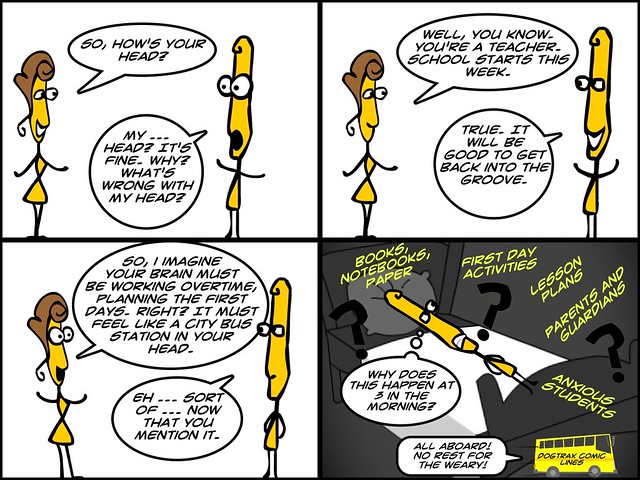

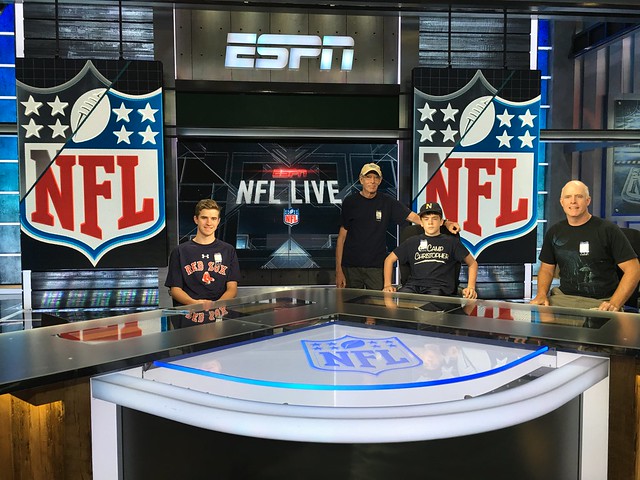 A good friend of mine works at
A good friend of mine works at 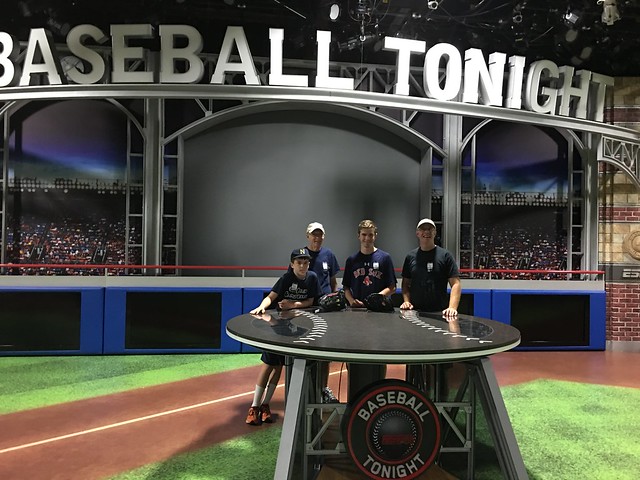 You realize rather quickly how technical the entire operation is, and how studios use illusion to create reality — the fake grass, and the corners of tables that the cameras can pan to seem large on the small screen but are often just kitty-cornered against a wall in a room larger than a football field. Dozens of people work together to produce a 30 minute sports show that seems so slick and seamless on the screen. (My friend does technical support. Nothing is ever seamless for him. Things break down and don’t work.)
You realize rather quickly how technical the entire operation is, and how studios use illusion to create reality — the fake grass, and the corners of tables that the cameras can pan to seem large on the small screen but are often just kitty-cornered against a wall in a room larger than a football field. Dozens of people work together to produce a 30 minute sports show that seems so slick and seamless on the screen. (My friend does technical support. Nothing is ever seamless for him. Things break down and don’t work.)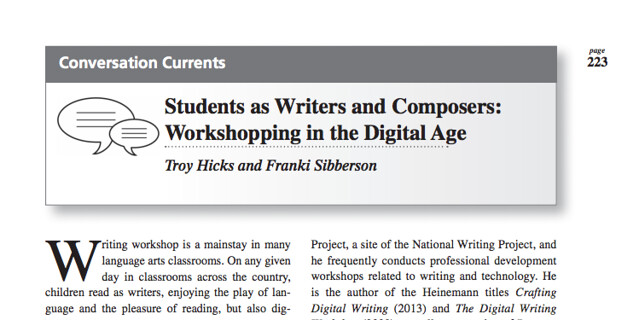
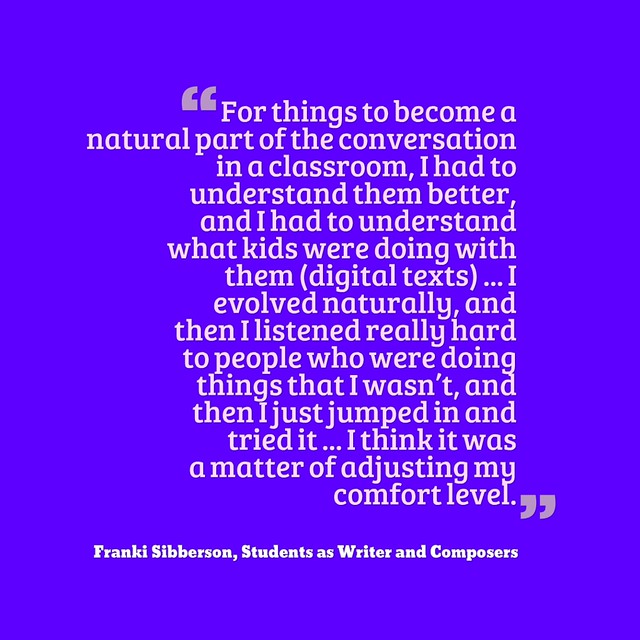


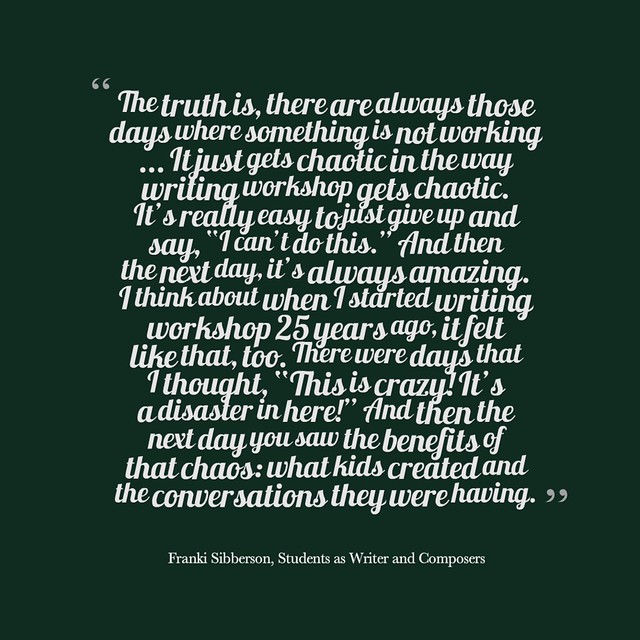


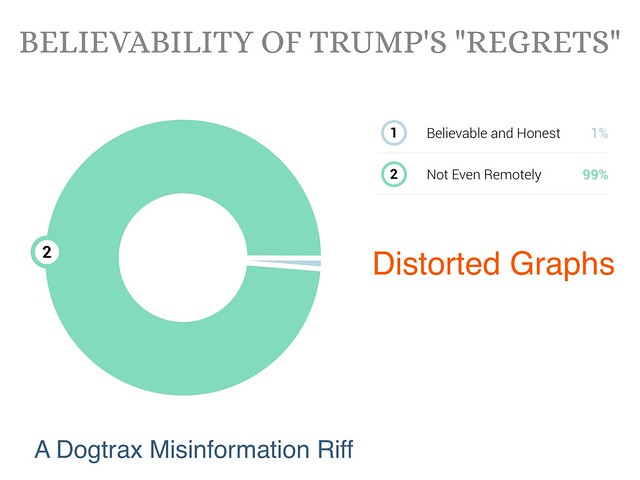

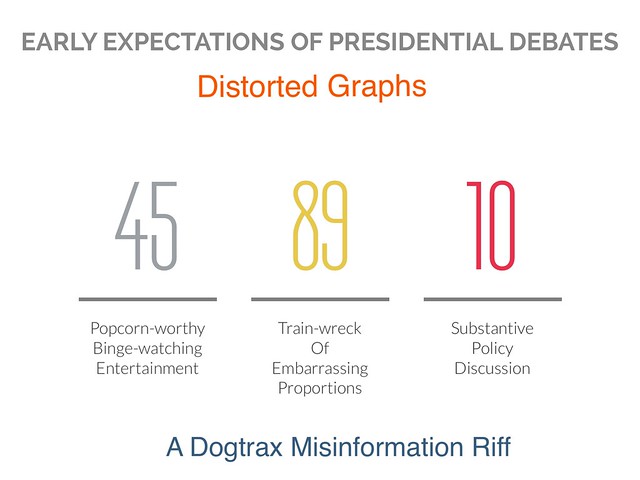

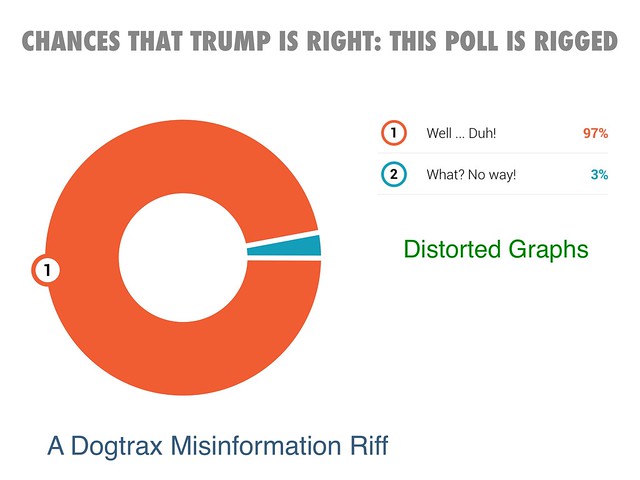
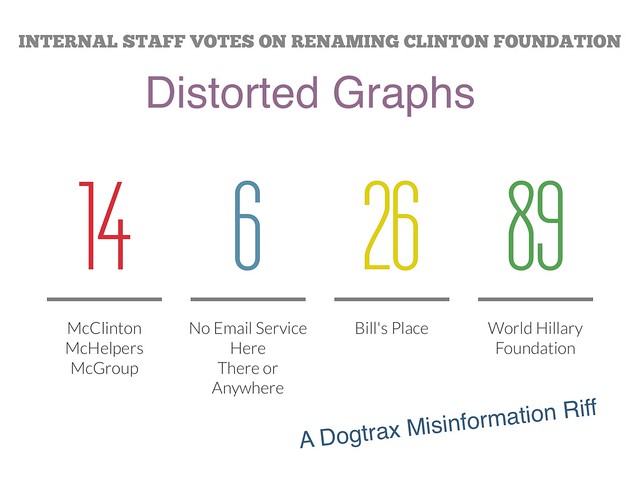
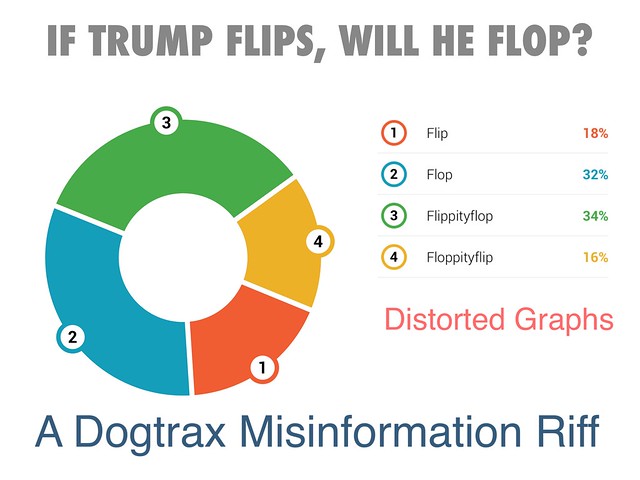


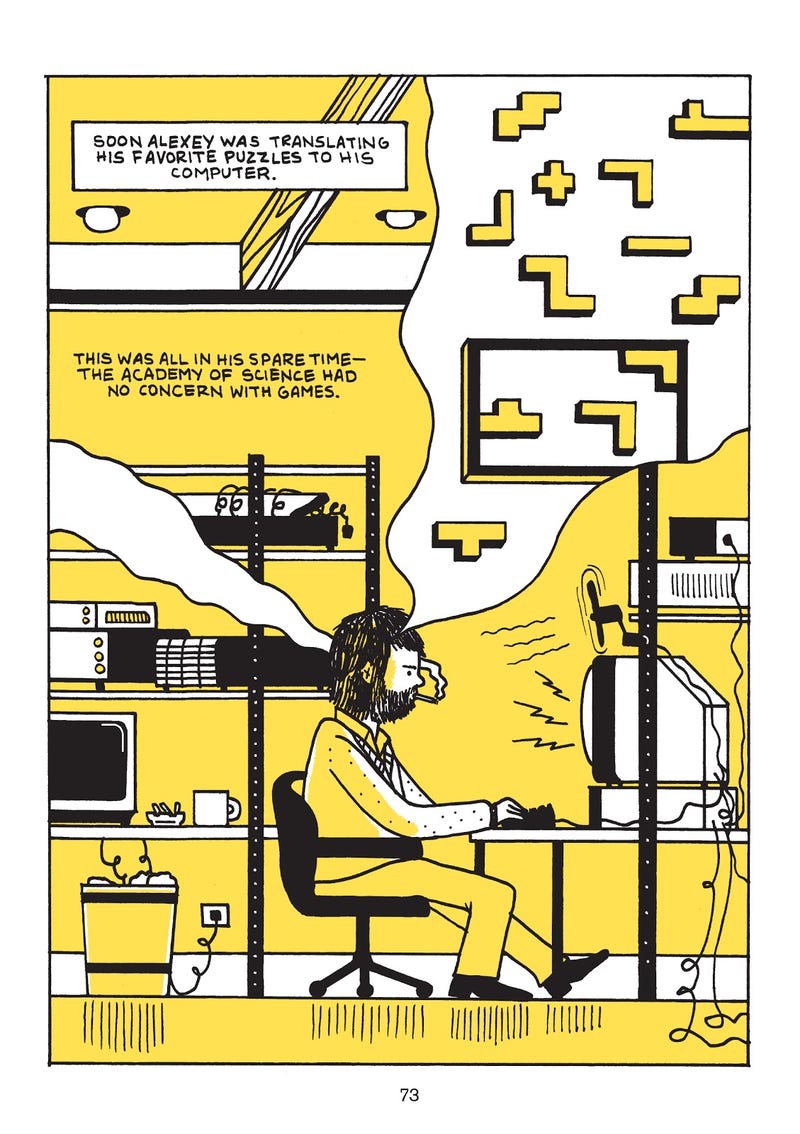

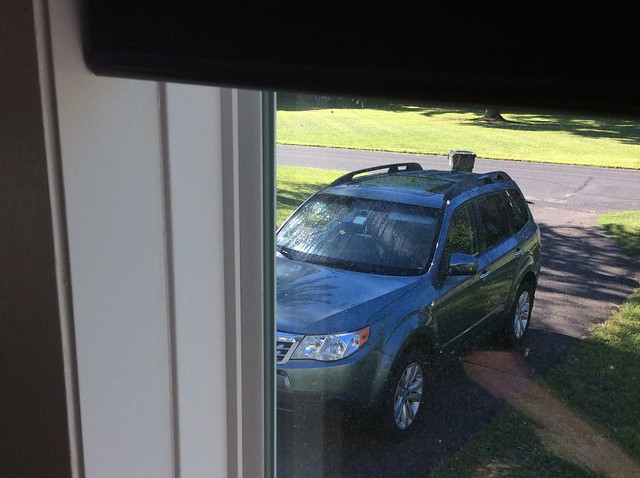 I glanced out the sun room window yesterday morning and saw this leaf on the front window of my car. It had rained the night before, so water droplets were still-life portraits on the glass, stuck in motion. I kept looking at the one leaf, though, and thought: I have to take a picture of that leaf.
I glanced out the sun room window yesterday morning and saw this leaf on the front window of my car. It had rained the night before, so water droplets were still-life portraits on the glass, stuck in motion. I kept looking at the one leaf, though, and thought: I have to take a picture of that leaf.